Kind regards,


We all pack differently – some of us are proud to go minimalist with just some hand luggage and the rest of us like to pack everything for all eventualities!
Whatever your style of packing, find luggage that is light, portable and preferably, has wheels for ease of movement.
Be careful when lifting bags onto weighing scales at the airport and be really cautious when lifting suitcases off the conveyor belt at Baggage Claim.
If you have a history of back problems, then we always recommend trying to pack more lightly and ask people to help you get the suitcase off the conveyor belt.

You’ve arrived, the sun is shining and everything is so exciting – you try out the bed and to your horror, it is as hard as a rock or so similar to a marshmallow that you know it is going to be a long, painful week!
The pillows are either too hard, too high or too thin… oh dear!
We have all been there!
If the mattress is too hard, hotels will often provide a mattress topper. If you are in a holiday rental, then you could try a spare duvet on the mattress to soften it. A soft mattress is a bit more tricky to solve but the mattress topper may help.
With pillows, we recommend folding a hand towel and putting it under one pillow to give enough neck support and to get the exact pillow height that you need. This will help prevent getting a holiday cricked neck and subsequent headache from poor pillow support.
If you have space, pack your own pillow from home and take it with you 🙂

Sunloungers aren’t good for bad backs. They often get warped with sun damage and so structurally aren’t very supportive.
We recommend trying to hire the more expensive sunloungers with a solid frame and padding but often that isn’t possible on a beach.
The worst position is when you are lying on your stomach for long periods of time. There is very little to no lumbar spine support from the abdomen so the lower back falls into extension which compresses the facet joints and discs.
To minimise damage to your back, take a spare towel and fold it into a pad and lie with that under your lower abdomen and pelvis – this will prevent your lower back over-extending and give some support to the spine.
Another top tip is to avoid lying down for too long. Get up every half an hour, take a walk or have a swim and get the back muscles moving and activated to reduce spinal stress.
If you have a holiday booked and need our help before you go or when you return,
Please Call: 02089776396 or
Email: info@osteopathuk.co.uk
If you have aches and pains, don’t wait, just call the clinic and come in and we will be able to diagnose the problem.
You can email info@osteopathuk.co.uk or call 02089776396
| Click the link for our website: http://www.osteopathuk.co.uk/ |

Please do not hesitate to get in touch with us for any reason, we are here to help and welcome any feedback. Click here for more information.
Read on for more information……
Kind regards,


As Osteopaths, we see both adults and teenagers suffering from the effects of prolonged computer use.
More students home-study for their revision and often, the ergonomic set-up is not quite right or they may even be revising whilst sitting on their bed with a laptop.
This postural “slump” can cause certain aches and pains that your Osteopath can really help with.

Headaches – tension headaches often come from upper neck stiffness from a protracted chin posture. When we study or use a computer, we often look down and push our chin forwards to read. If this occurs over a prolonged time, it is possible for neck muscles to tighten and help contribute to tension headaches.
Neck Pain – the forward tilt of the chin and sitting posture will cause neck muscles to tighten.
Mid Back Pain – inactivity of sitting with a static posture leaning forwards can cause the thoracic spine to tense and tighten.
Low Back Pain – again, sitting for a long time can compress the lumbar spine and cause it to ache.
Elbow and Wrist Pain – repetitive strain from lots of computer work or writing is common. The forearm muscles may feel tight and it may be painful to type or write. This in turn may lead to tennis elbow or inflammation of the tendons in your arm, wrist and hand.

Take Regular Breaks – set an alarm on your phone to remind you to move every 30-40 minutes. It doesn’t have to be for long – just get up, walk around, stretch and generally do anything to move your body to get blood flowing into your muscles.
Fix your Ergonomic Set-up – avoid lying on a bed to study and get a good desk with a seat that is on wheels so that you can move your body. Get good lumbar spine support to help the back.
When Studying Change your Sitting Position – research has shown that just leaning back in a chair and ‘slumping’ little and often will get fluid into the joints and discs of the low lumbar spine. This will help prevent low back pain.
See your Osteopath – we can definitely help with some good soft tissue massage to ease muscle pain and joint articulation and manipulation to help increase the movement of the spine and body.
If you need our help and would like to book an appointment, Please Call: 0208 977 6396
If you have aches and pains, don’t wait, just call the clinic and come in and we will be able to diagnose the problem.
You can email info@osteopathuk.co.uk or call 02089776396
| Click the link for our website: http://www.osteopathuk.co.uk/ |

Please do not hesitate to get in touch with us for any reason, we are here to help and welcome any feedback. Click here for more information.
Kind regards,


Our feet are often the part of our bodies that we ignore and take for granted. However, if we do experience foot pain it can have a hugely negative impact on our daily activity and subsequently, our mental health too.
Each foot is made up of 26 bones connected by tendons, ligaments & muscles. The thick connective tissue sole of the foot (the Plantar Fascia) acts as a vital shock-absorber enabling us to absorb impact and traverse uneven terrain.
There is a very fine balance of function within the foot. When we walk or move, there is impact on heel strike with force then travelling through to the front of the foot and the toes pushing off the ground to propel the body forwards.
Pain may cause us to shorten our stride, weight-bear differently or to limp. This in turn will alter how we use our knees, hips and spine to function and may cause muscle fatigue, ligament or tendon overuse strain and back pain.
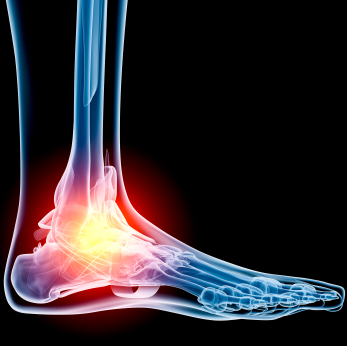
There are a multitude of problems that may affect the foot and ankle but here are the most common.
Sprained Ankle: losing one’s balance or just stumbling often results in a twisted ankle. Most common is when the foot folds inwards and we sprain/overstretch the ligaments on the outside of the ankle. However, it is also possible to sprain the inside ligaments falling the other way. A severe ankle sprain may take up to 12 weeks to recover and can be as debilitating as a fracture.
As Osteopaths, we have the tools to help you recover from a sprained ankle. Never hesitate to get in touch if you are unfortunate enough to have this injury.
Plantar Fasciitis: this is pain and inflammation of the connective tissue that forms the thick sole of the foot. Pain can be under the heel or under the arch of the foot. The Plantar Fascia connects to the Achilles Tendon at the ankle and this connection can make walking extremely difficult when there is inflammation and pain.
It can take an extended time to heal due to how the area is supplied with blood and lymphatics and good physical therapy is essential. We see this problem commonly and as your Osteopaths we can help you with the return to health. In severe cases, you may need additional onward referral for a boot to immobilise the foot or for steroid injections to reduce inflammation.
Pain in the Ball of the Foot: pain in the ball of the foot may have different causes. It might be due to Morton’s Neuroma (where the nerves between the toes may thicken and cause pain) or it might be due to the natural arches of the foot collapsing slightly with age or poor footwear.
Your Osteopath will be able to advise on the cause of the pain and direct you to find the way to help. This may involve onward referral for steroid injection or insoles to improve foot function. Rehabilitation exercises for health of the foot arch and for good gait function are often prescribed.
Achilles Tendonitis: this is pain and swelling of the Achilles tendon which attaches the calf muscles to the heel. Overuse of the tendons alongside tight calf muscles are a factor.
Your Osteopath may use ultrasound therapy and massage techniques to ease the tension and pain. Rehabilitation exercises are often prescribed. You may also be prescribed orthotic products to help the healing process.
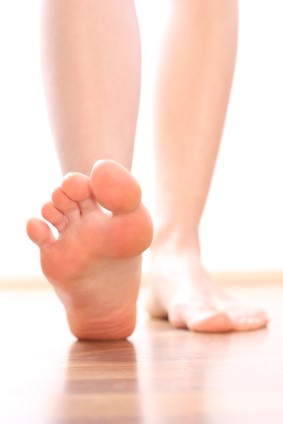
Get A Diagnosis – see your Osteopath or other musculoskeletal health therapist to diagnose the cause of the pain. This is the most important step as this will determine what you need to do next to aid your recovery.
The foot is very complex so your pain could have multiple causes and management is key.
Pain Management – getting your pain under control is really important as foot pain makes one very sedentary and this can be very distressing.
Pain in the foot and ankle often involves inflammation and, where appropriate, you may be advised to take Nonsteroidal anti-inflammatory medications or to have onward referral for injections.
Cold Therapy and even Orthotic supports inside your shoes may be vital for reduction of pain. Managing the pain appropriately will enable you to function as normally as possible whilst your body heals.
Rest with Gentle Movement – foot pain is hard to manage. Rest is vital but movement is also needed to keep good circulation to the feet which in turn aids healing. Depending on your diagnosis, your Osteopath or therapist will advise the best approach.
Do your Advised Exercises – listen to your Osteopath or musculoskeletal health therapist and follow their advice.
Foot and Ankle pain may need stretch exercises to do at home and you may need supportive taping to help reduce load on joints and muscles. Your diagnosis will determine which exercises are prescribed.
Should you be advised to use orthotic help within your shoes, your Osteopath will help you through this process to get the appropriate support.
If you need our help and would like to book an appointment, Please Call: 0208 977 6396
If you have aches and pains, don’t wait, just call the clinic and come in and we will be able to diagnose the problem.
You can email info@osteopathuk.co.uk or call 02089776396
| Click the link for our website: http://www.osteopathuk.co.uk/ |

Please do not hesitate to get in touch with us for any reason, we are here to help and welcome any feedback. Click here for more information.
In this newsletter, we go back to core basics of our musculoskeletal health and explore Low Back Pain.
Back pain affects a huge majority of our population. It can affect our ability to work, our mental health and can be extremely distressing.
As Osteopaths, we want everyone to get help as soon as possible and to receive the correct advice on how to recover from and manage Low Back Pain.
Read on for more information……
Kind regards,

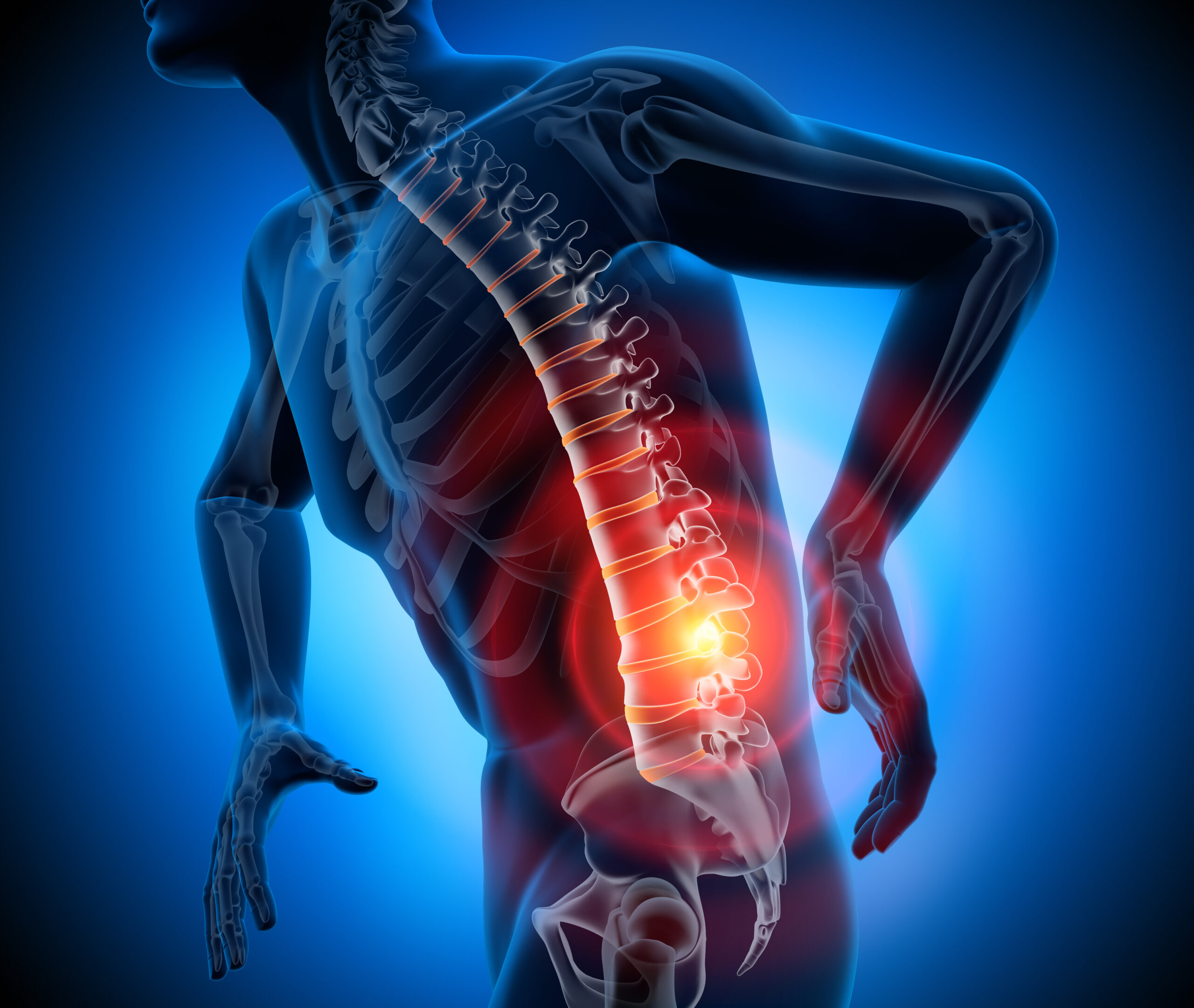
Low Back Pain affects the lower spine called the Lumbar Spine. It may be called Lumbago to indicate non-specific, undiagnosed pain within the lumbar spine.
The cause of Low Back Pain is varied. Anatomy causing pain may be muscular, joint-related, ligamentous or from intervertebral discs.
The pain can be more likely to occur with age and degenerative changes to the spine and/or from arthritis. However, pain can be caused by injury or trauma such as car accidents, lifting items or sports injuries. Symptoms can be acute with a sudden onset or be chronic (pain lasting more than 3 months).
As your Osteopaths, our main job is to initially determine the cause of your pain. This method of differential diagnosis will then enable us to advise you on the correct Do’s and Don’ts for maximum speed of recovery.
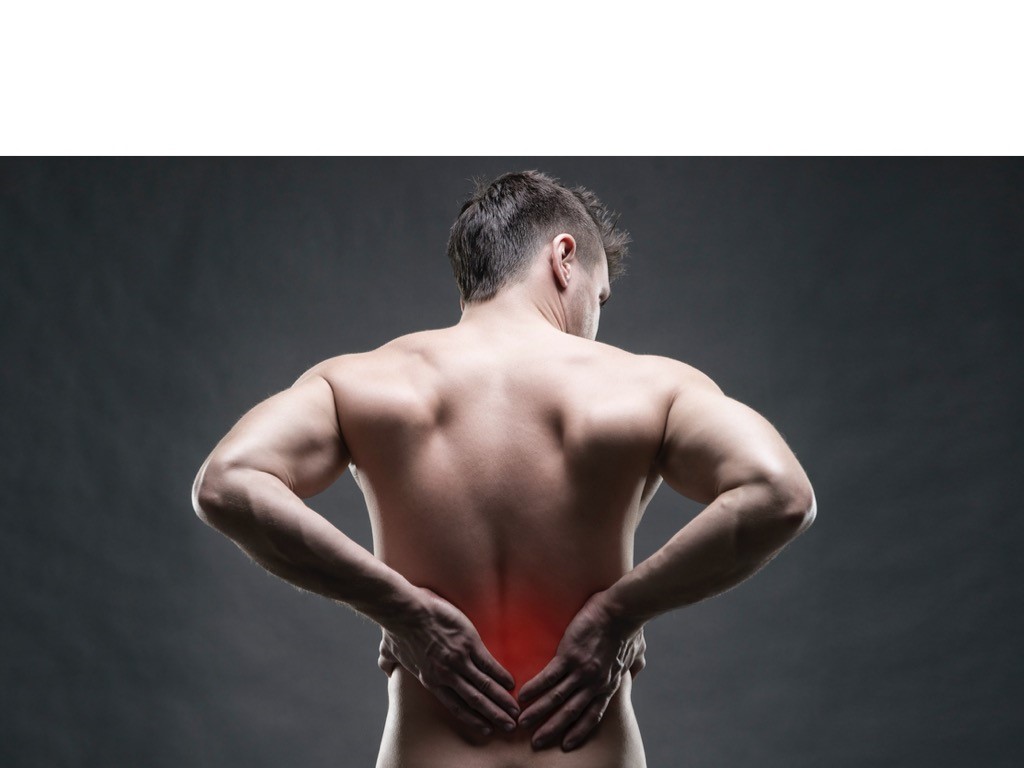
Symptoms are varied! Pain can be sharp or achey, intermittent or constant and can cause pain into the buttocks or legs. Pain can be movement-related or worse when lying or sitting still.
You can now see why diagnosing the cause of the pain is imperative in formulating a treatment and recovery plan 🙂

If you need our help and would like to book an appointment, Please Call: 0208 977 6396
If you have aches and pains, don’t wait, just call the clinic and come in and we will be able to diagnose the problem.
You can email info@osteopathuk.co.uk or call 02089776396
| Click the link for our website: http://www.osteopathuk.co.uk/ |

Please do not hesitate to get in touch with us for any reason, we are here to help and welcome any feedback. Click here for more information.
Kind regards,

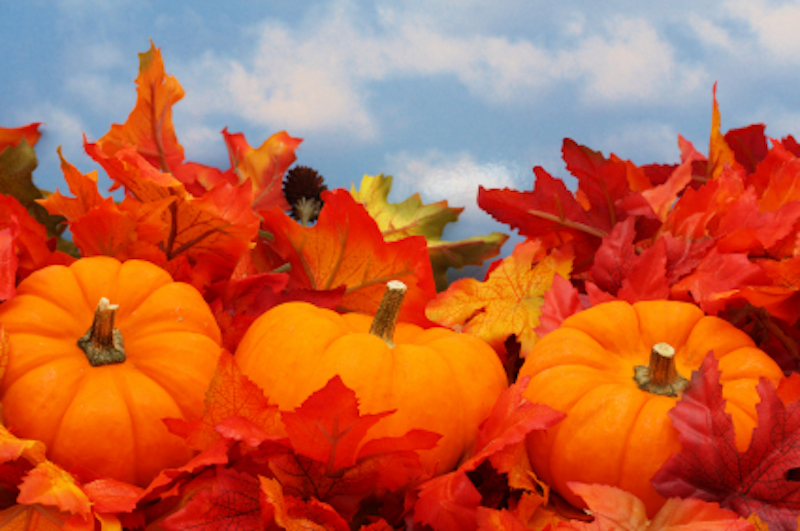
Autumn is when we experience the drop in daylight hours and start to feel this effect internally. You may feel more tired and need to go to bed earlier to get a few extra hours of sleep. This is completely normal.
At the clinic we also notice that our patients report an increase in general aches and pains. Chronic aches that may have resolved over the summer months tend to come back in the winter.
So, the question is, what can be done about it? Luckily, we have a lot of advice on this…. 🙂
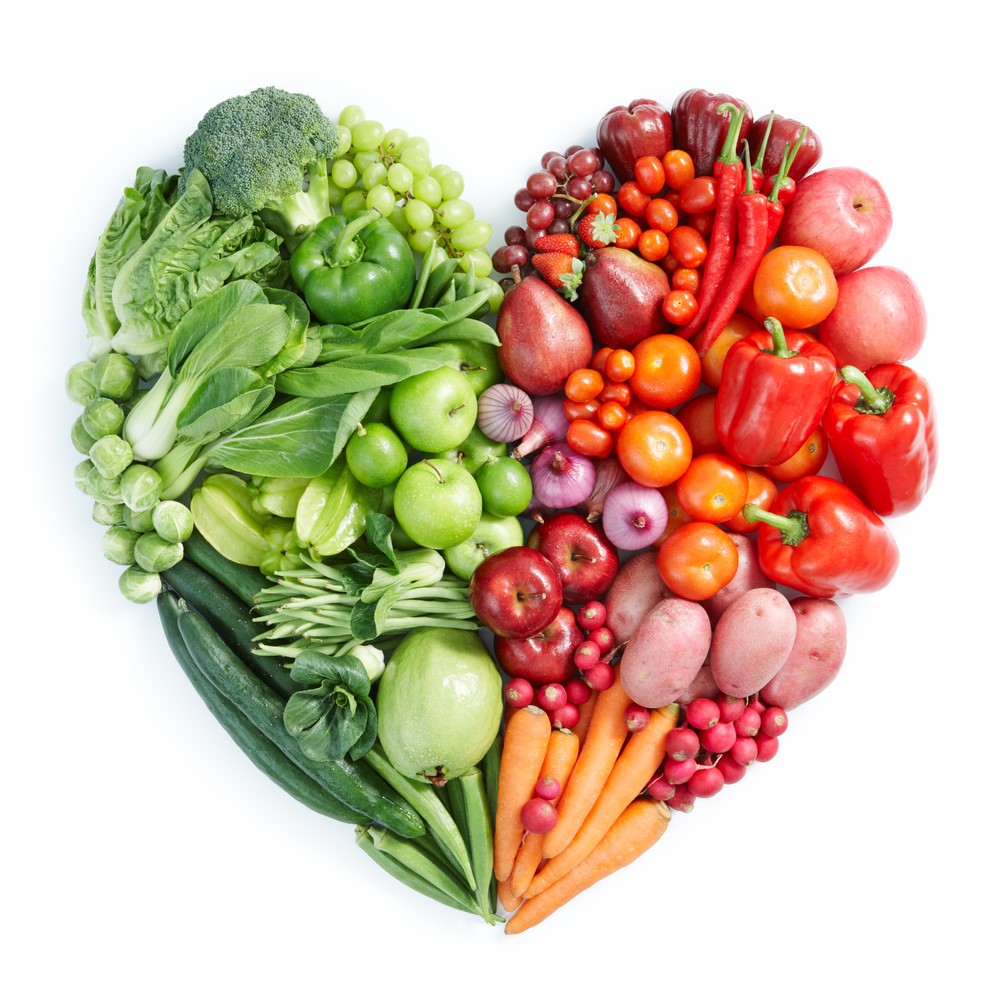
As humans, we synthesise Vitamin D from sunlight and during winter months the UK sunlight isn’t strong enough for us to do this. From now until April, we recommend that you take Vitamin D supplements.
It helps the gut absorb calcium and maintains phosphate levels so that we can keep bones, teeth and gums healthy.
It helps muscles function, reduces inflammation, promotes nervous system function, immune system function and helps with cellular growth and even glucose metabolism.
In other words, it is crucial for your health! So, please go and take some Vitamin D supplements this autumn and winter 🙂
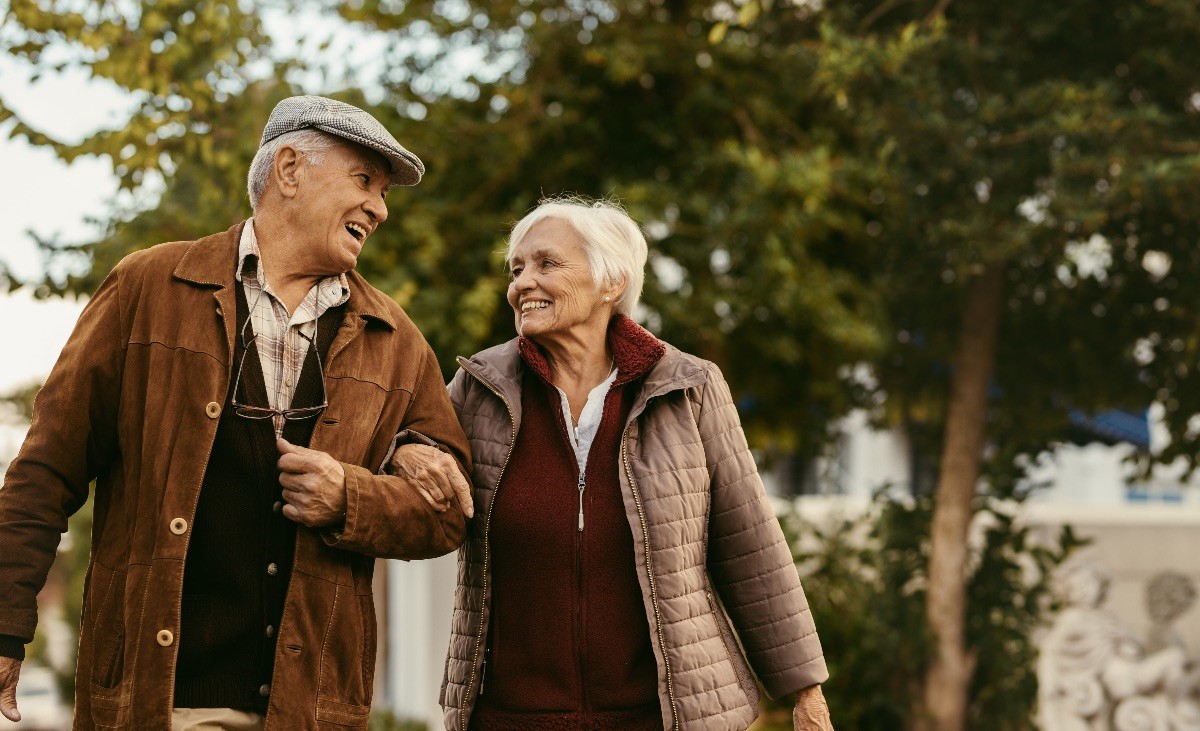
It is so easy to stay indoors during the winter months, especially when it is raining and cold outside.
We recommend adopting different strategies to get yourself through the winter months.
If you need our help and would like to book an appointment, Please Call: 02089776396
If you have aches and pains, don’t wait, just call the clinic and come in and we will be able to diagnose the problem.
You can email info@osteopathuk.co.uk or call 02089776396
| Click the link for our website: http://www.osteopathuk.co.uk/ |

Please do not hesitate to get in touch with us for any reason, we are here to help and welcome any feedback. Click here for more information.
Kind regards,

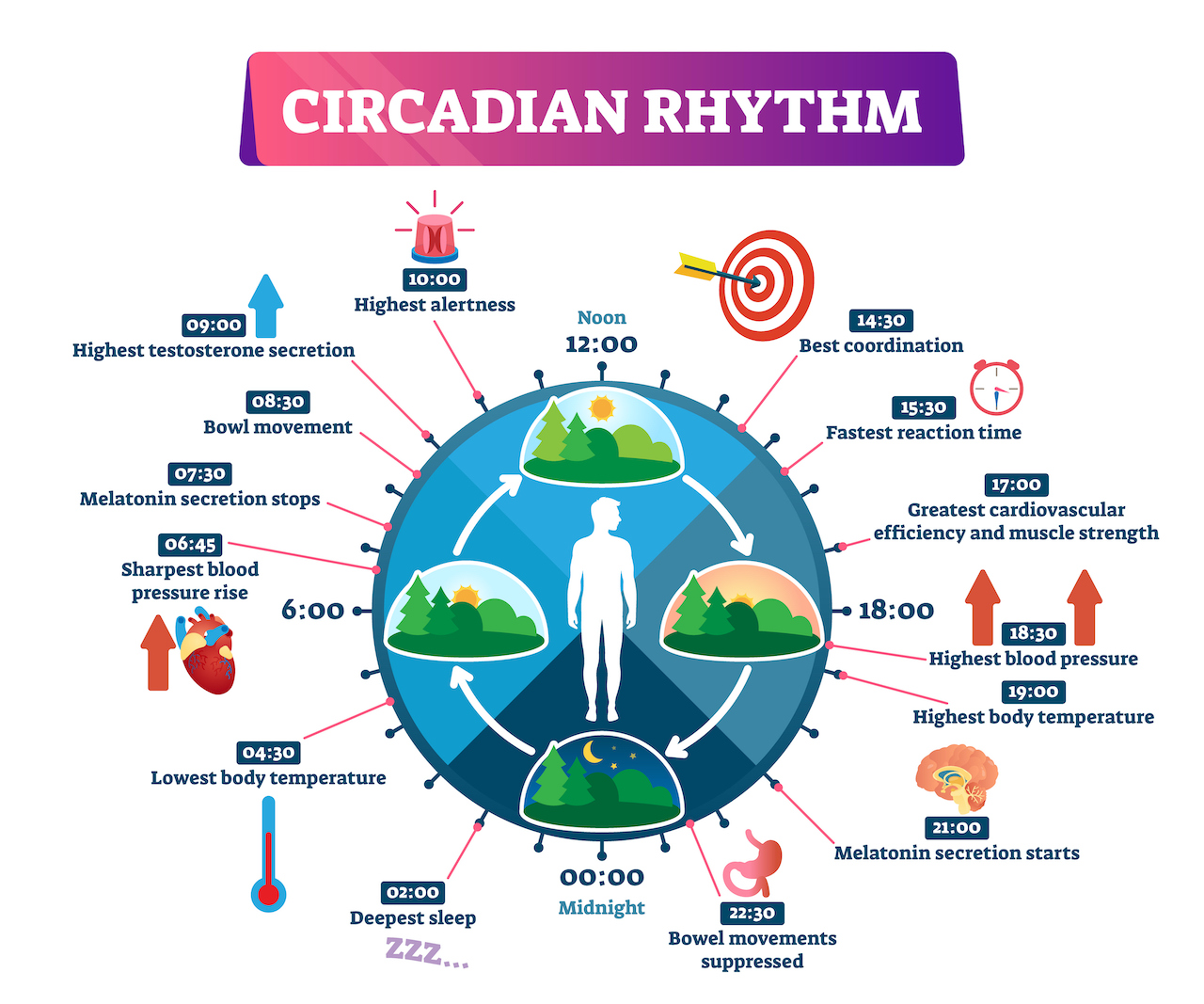
Our Circadian Rhythm is vital to help optimise energy expenditure and regulate the internal physiology of our body.
Circadian Rhythm develops in the first few months after birth as we learn to adapt to our environment with sleep, hunger and alertness. Melatonin production begins during this stage and is the hormone that helps control how and when we sleep. On the reverse side, Cortisol production is also established and this hormone regulates our body’s stress response, metabolism, blood pressure, blood sugar and inflammatory response overall.
So, pretty powerful stuff for mind and body well-being!
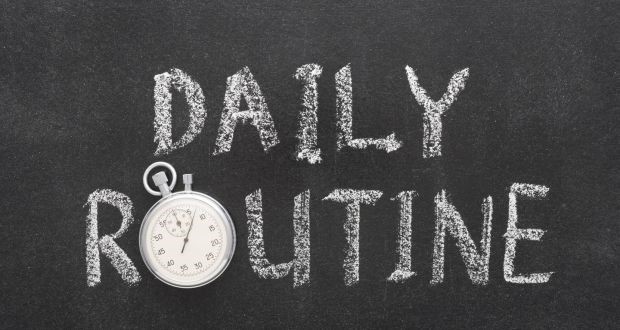
Your routine can really help your Circadian Rhythm by working with the body to promote the natural pattern of your alertness and when you need rest and sleep.
Are you an Early Bird of a Night Owl person? This is really important when determining a routine that will work for you. There is no point planning regular early gym sessions if you’re most alert in the evening!
Research has also shown that having a routine lowers stress, reduces anxiety and can be extremely calming.
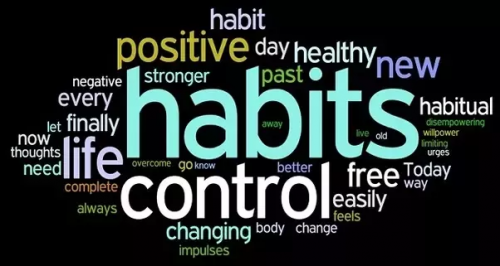
First, establish a routine that will work best for you.
Then, focus on areas that are vital for the autonomous function of your body and Circadian Rhythm.
To summarise, by reducing the number of variables in a day, you reduce the number of decisions that need focussing on.
This in turn will free up time and pressure in your life so that you can focus on enjoying the everyday.
Encouraging routine and a pattern of events will enhance your body’s self-regulating rhythm to act in harmony with you. End result, a calmer, healthier body working in balance.
If you need our help and would like to book an appointment, Please Call: 02089776396
If you have aches and pains, don’t wait, just call the clinic and come in and we will be able to diagnose the problem.
You can email info@osteopathuk.co.uk or call 02089776396
| Click the link for our website: http://www.osteopathuk.co.uk/ |

Please do not hesitate to get in touch with us for any reason, we are here to help and welcome any feedback. Click here for more information.
|
It’s finally here! Summer holidays and a chance to be with the family having fun and relaxation together.We are going to give some tips on common holiday aches and pains and how to manage them.
Kind regards,

Holiday Beds and Pillows
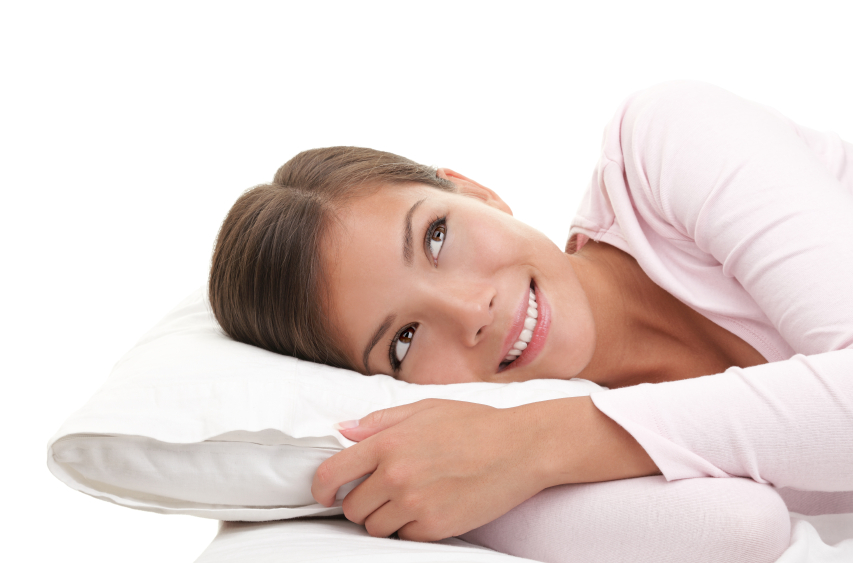
So, you go on holiday and find to your dismay that the bed is rock hard and the pillows are desperately uncomfortable! If the bed is very hard, try lying on an extra duvet for a bit of cushioning. For pillows, if one pillow is too low and two is like lying on a huge incline, try folding a towel into an inch thick pad and putting it under just one pillow to get the correct height.
If you are holidaying in the UK, a great tip is to pack your own pillow! Some of our patients even pack a mattress topper to ensure they get a comfy holiday bed.
If you do suffer from a bad back or neck on holiday – just email us from abroad and we can book a recovery appointment for when you return! 🙂
Pain from Less Activity and Sunbathing Posture
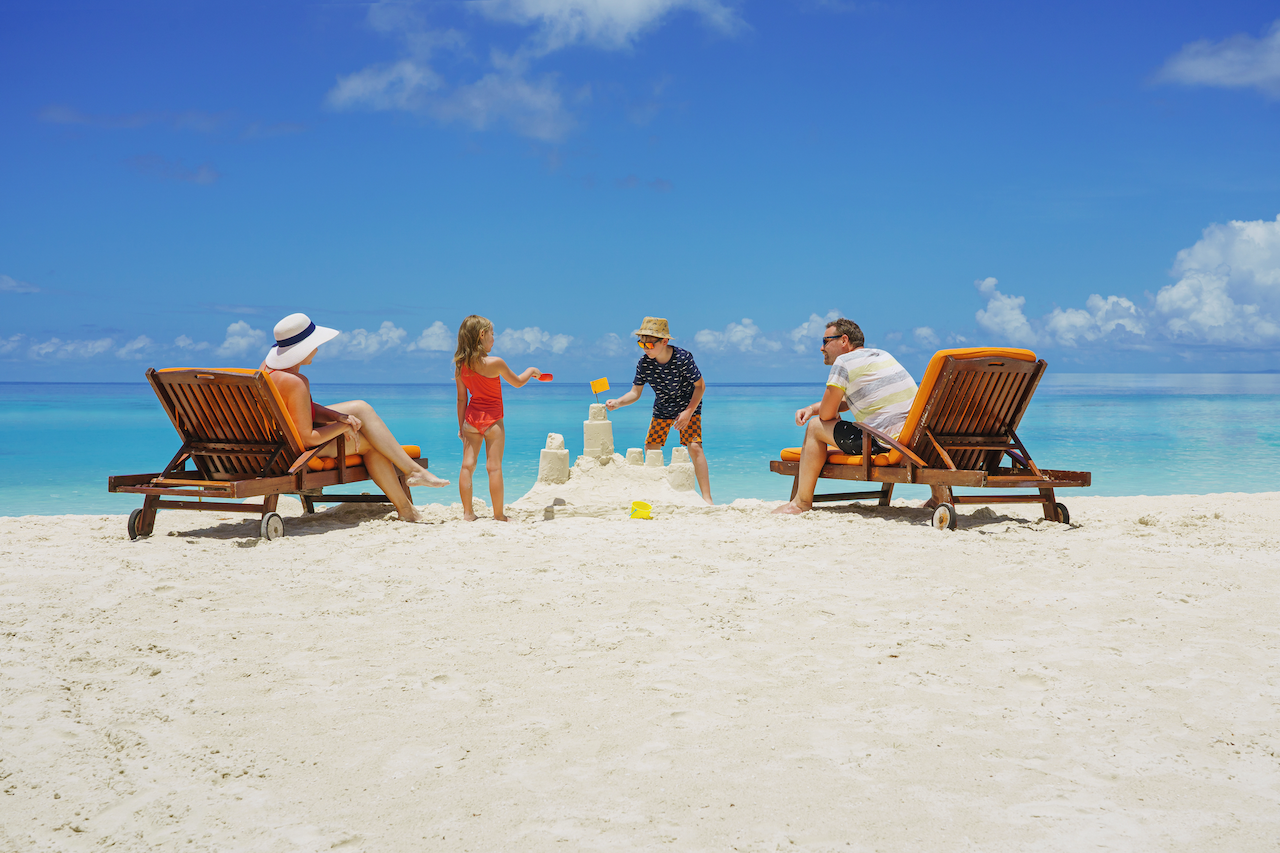
Just by changing routine and doing less on holiday, it can cause a bit of back ache. Try to get up regularly and go for walks, maybe do some yoga if the hotel offers it and just generally keep gently moving. Swimming is also great for movement to counterbalance periods of inactivity. If you are sunbathing, just be aware that lying on your tummy on sun loungers or the beach can be quite stressful on the lower back. Prolonged back extension can cause the facet joints in the spine to compress together and fatigue the spinal muscles. When sunbathing, try to fold a towel into a pad and place it under your belly to give the lower spine some support.
Back Pain From Lifting

All too often, back pain starts just from lifting suitcases into cars or off conveyor belts at the airport. Remember to engage your abdominal muscles before lifting and bend your legs. Avoid twisting and torsion when lifting to safeguard the spine.
If you have a history of lumbar disc problems, then politely ask someone to grab your bag for you 🙂
Have the Most Wonderful Holiday!
If you need our help and would like to book an appointment, Please Call: 02089776396
If you have aches and pains, don’t wait, just call the clinic and come in and we will be able to diagnose the problem.
You can email info@osteopathuk.co.uk or call 02089776396
| Click the link for our website: http://www.osteopathuk.co.uk/ |

Please do not hesitate to get in touch with us for any reason, we are here to help and welcome any feedback. Click here for more information.
Kind regards,

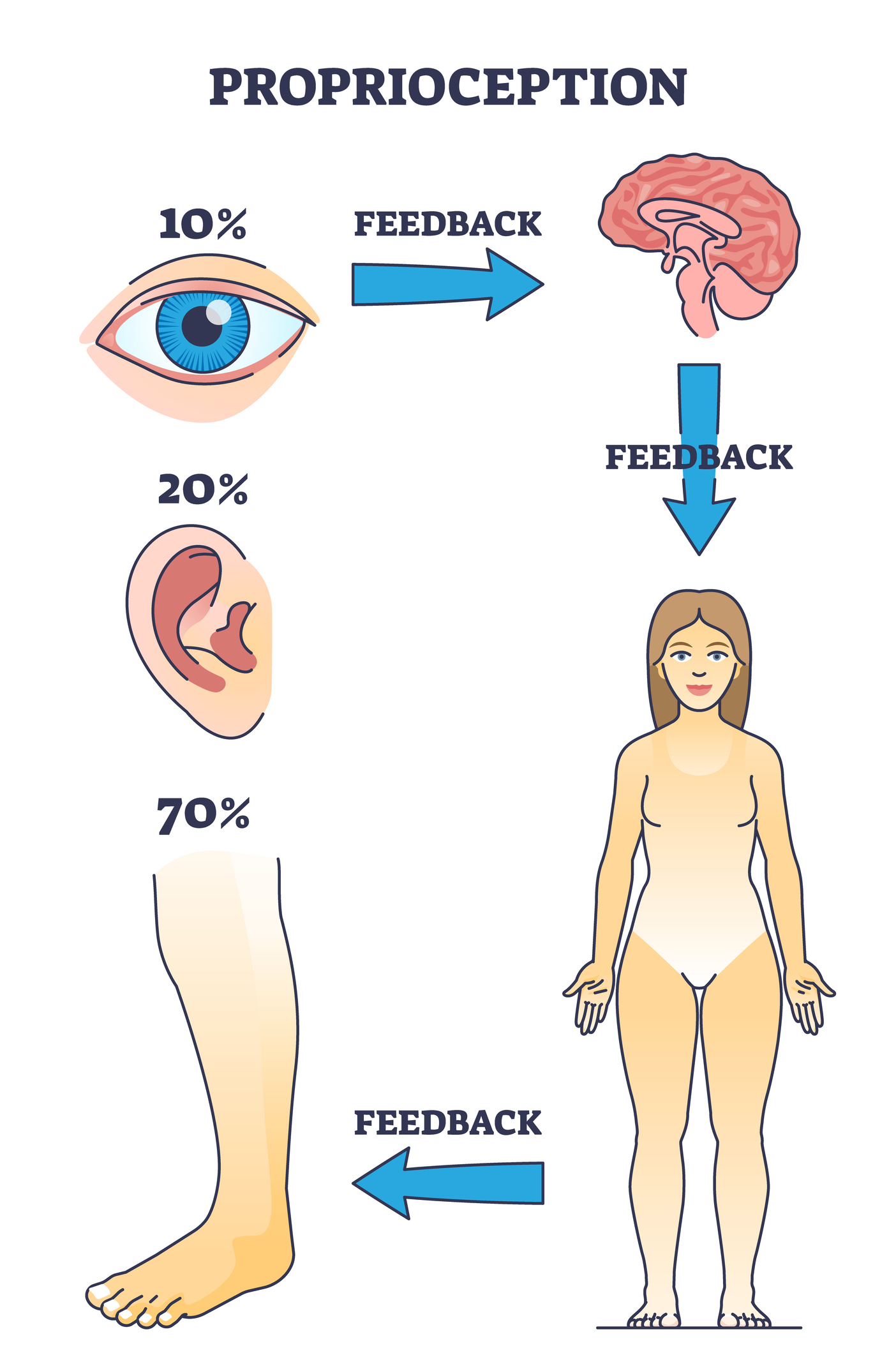
Proprioception comes from a part of our Central Nervous System called the Spinothalamic Tract.
We have a constant feedback loop from eyes, ears, feet and the whole body to our Central Nervous System so that we can move our body appropriately for the situation/environment that we are in.
Propriocpetion allows you to move without consciously thinking about where you are placing your feet. If you close your eyes and touch your elbow or nose, you are using Proprioception.
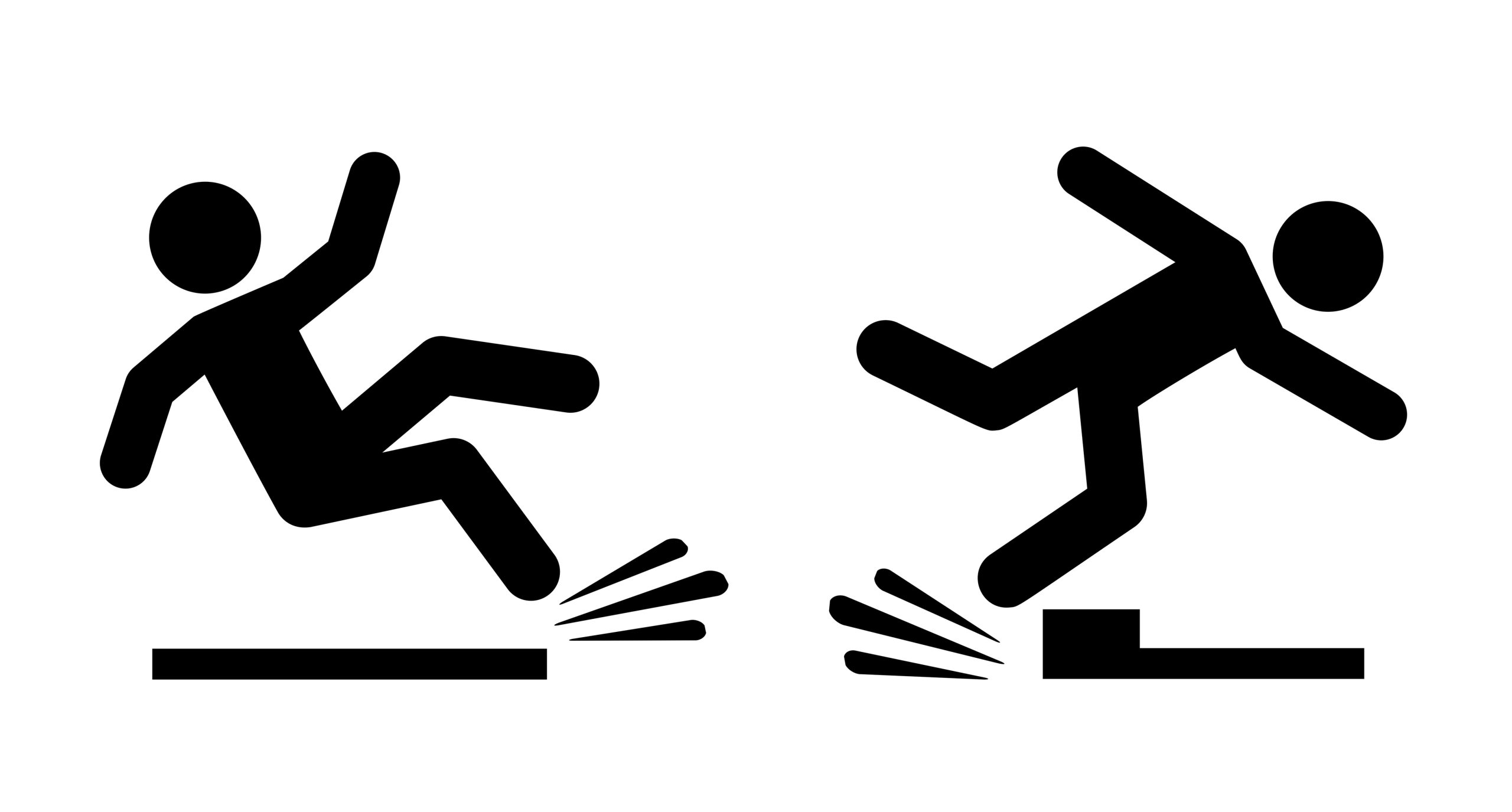
There are various things that can cause problems with proprioception. Brain injuries, Multiple Sclerosis, peripheral neuropathy and stroke are just a few.
However, if we explore the effect of ageing on the central nervous system, there is evidence that proprioception is negatively impacted by age. There is an increased risk of falling and stumbling as we don’t get our clues from the environment fast enough in the feedback loop mentioned above.
The very good news however, is that it is physically possible to slow down this degenerative process and keep our proprioceptive abilities as we age.
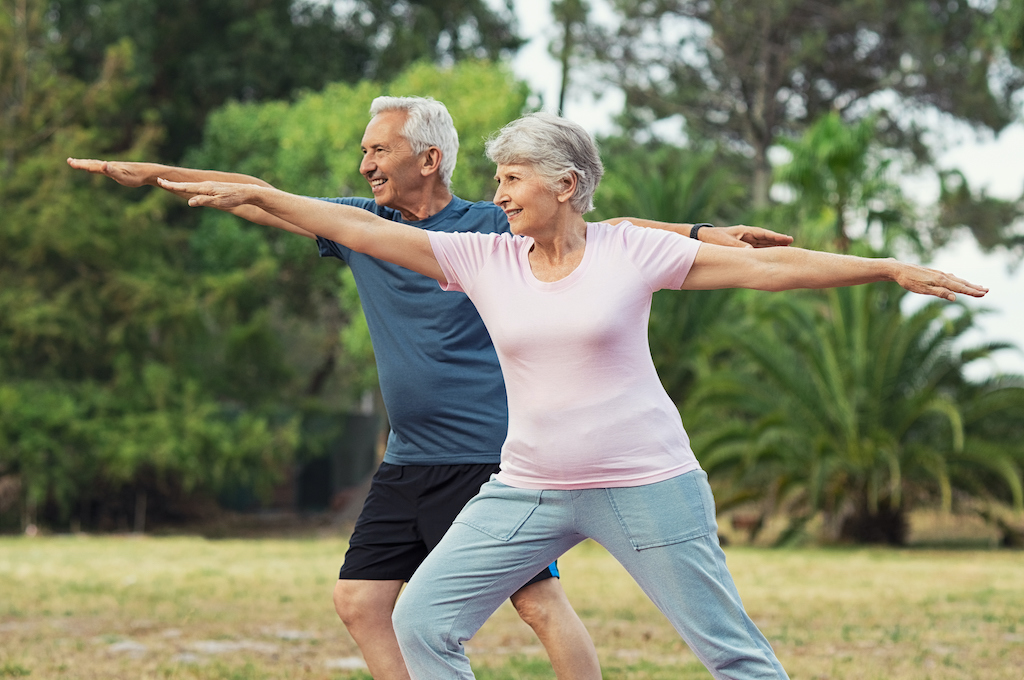
Exercises for stability, balance and co-ordination stimulate the Central Nervous System and this keeps neural pathways active. By doing simple exercises you can keep your proprioception working.
Here are some basic ideas to try:
– Try Standing on One Leg. With feet hip width apart, shift your weight onto one foot and then gently lift the other foot off the floor. If you feel wobbly, place finger tips on the wall or kitchen counter until you feel confident.
– Standing on One Leg and Swing the Leg. Once you are standing on one leg, try swinging the raised leg gently back, forwards and out to the side.
– Sit to Stand with Arms Crossed. Sit on a chair, cross your arms over your chest and then engage your core muscles and gluteal muscles and stand up.
– Try Closing Your Eyes. Practice closing your eyes and touching your nose, elbow, knees and if you can reach, your toes. Start by doing this sitting down so that you don’t fall over.
You can also improve proprioception by attending Tai Chi, Pilates or Yoga classes. Any exercise with mindfulness and awareness of your body as you move will help.
When you attend your next appointment at Kingston & Teddington Osteopathy, ask your Osteopath for more information and they can advise on the best course of action for you personally.
If you need our help and would like to book an appointment, Please Call: 02089776396
If you have aches and pains, don’t wait, just call the clinic and come in and we will be able to diagnose the problem.
You can email info@osteopathuk.co.uk or call 02089776396
| Click the link for our website: http://www.osteopathuk.co.uk/ |

Please do not hesitate to get in touch with us for any reason, we are here to help and welcome any feedback. Click here for more information.
Kind regards,


RSI is defined as pain caused by repeated movement of part of the body. It most commonly occurs in the parts of the body that we use to do our daily tasks:
– shoulders
– elbows
– forearms and wrists
– hands and fingers
Symptoms of RSI:
– pain. This can be a dull, burning ache with occasional sharper pains when using the body.
– stiffness and weakness. The joint will feel difficult to move and unable to perform its tasks easily.
– pins and needles or numbness. Occasionally, the inflammation can affect the nerves and so sensations of tingling may be present.
– swelling. The joints can get inflamed and the surrounding muscles & tissues swollen and hot to touch.

Repetitive Activity – not all repetitive or strenuous work causes RSI. Many people do the same job for years without any pain. However, RSI can appear at any time following repetitive use of muscles and joints.
Sports – common sports that may cause RSI are tennis or golf as they involve lots of repetitive movements with impact.
Poor Posture – working without a good ergonomic set up can predispose you to get RSI.
Age – as we age, our connective tissues are more prone to RSI. Women are more likely to get RSI than men.
Physically Demanding Jobs – physical jobs with increased load on joints can predispose to RSI for example, the use of power tools.

At Kingston & Teddington Osteopathy we frequently treat patients with RSI. The pain can present as inflammation of tendons or bursae (which are the shock absorbers for tendon attachments on bone).
We will see these disorders and frequently diagnose Tennis Elbow, Hip Bursitis, Carpal Tunnel syndrome, De Quervain syndrome to name a few.
The first aim of Osteopathy is to help reduce load and strain on joints, tendons and muscles. Advice to manage the inflammation and promote healing will be given.
Every patient is assessed uniquely and a co-ordinated approach may be necessary that may involve prescription medication and even referral for steroid injections or autologous blood injections.
Your Osteopath will discuss all the options with you and help you back to normal function and recovery.
If you need our help and would like to book an appointment, Please Call: 02089776396
If you have aches and pains, don’t wait, just call the clinic and come in and we will be able to diagnose the problem.
You can email info@osteopathuk.co.uk or call 02089776396
| Click the link for our website: http://www.osteopathuk.co.uk/ |

Please do not hesitate to get in touch with us for any reason, we are here to help and welcome any feedback. Click here for more information.
Kind regards,


| A lot of people suffer from joint pain, stiffness and general achiness on cold, rainy, wintery days. There are theories to explain this and these include:
Lower Barometric Pressure – people with chronic pain may be more sensitive to lower barometric pressure. The theory is that this reduced pressure may irritate sensitised nerves and cause inflammation and swelling. Reduced Blood Flow – when cold, your body conserves heat but pumping more blood to the lungs and heart. Less blood to your extremities means less incoming nutrition and waste removal from cells. The reduced blood flow also causes colder joints with thicker synovial fluid inside, creating stiffness. Lack of Physical Activity – shorter, rainy days often mean more time spent indoors with less physical activity. Less activity means reduced blood flow around the body leading to stiffness and aching joints. Poor Weather and Less Light Affects Mood – Barometric pressure changes can trigger low mood and induce headaches. We know that a low mood can enhance pain perception and this can spiral in winter months. |

Keep Warm – wear layers for added warmth. For patients suffering from neck pain, we recommend silk scarf around the neck, especially at night. Silk is a natural, breathable fabric and very lightweight without bulk so is ideal for keeping neck muscles warm.
Take Vitamin D – in winter months we do not absorb Vitamin D from sunlight in the UK. Vitamin D is essential for muscles and bone health and also has anti-inflammatory properties.
Try Light Therapy – anyone suffering even mild Seasonal Affective Disorder will appreciate how low light levels in winter can have a detrimental effect on mood. Try Light Therapy with Blue/Green
Be Active – there are now so many free online classes for activity within the home, no matter what level your ability. Just a few minutes at regular intervals can increase heart rate to warm up joints and muscles.
Keep Hydrated – as humans we are over 60% composed of water and for good cellular function, we need fluids. In winter months, thirst can be less obvious so keep a note of your fluid intake (approximately 8-10 glasses of liquid per day for an adult).

Osteopathic treatment uses soft tissue massage and joint articulation techniques. These are ideal for promoting blood flow for healing, improving joint mobility and therefore great at helping overcome winter aches and pains.
If you are experiencing generalised joint stiffness and muscular aches, call us and all our Osteopaths will be delighted to help .
If you need our help and would like to book an appointment, Please Call: 02089776396
If you have aches and pains, don’t wait, just call the clinic and come in and we will be able to diagnose the problem.
You can email info@osteopathuk.co.uk or call 02089776396
| Click the link for our website: http://www.osteopathuk.co.uk/ |

Please do not hesitate to get in touch with us for any reason, we are here to help and welcome any feedback. Click here for more information.